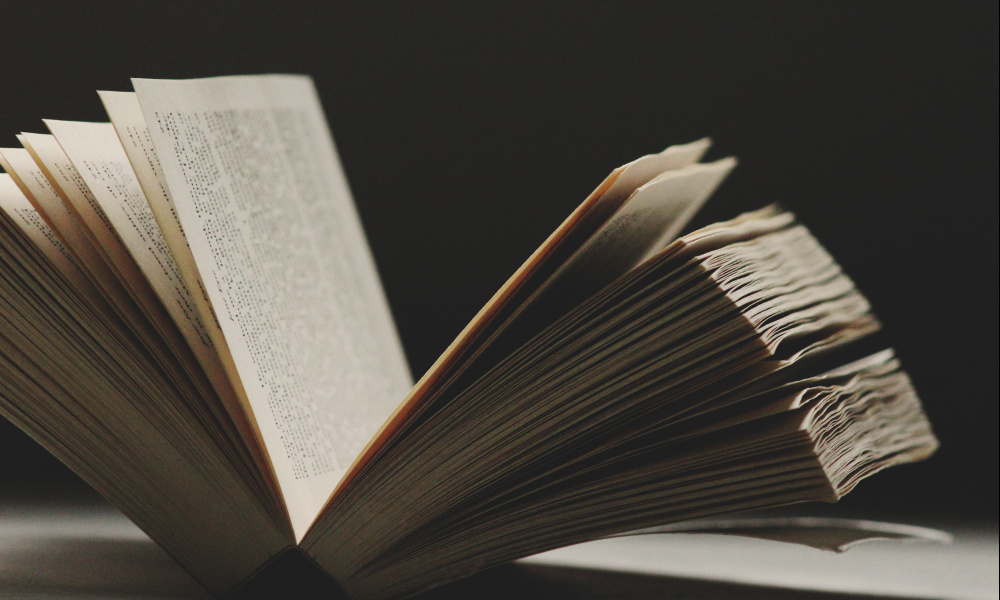When our readers find a new book or movie, we want to share it with you. Here is the book review by our reader and contributor Maria Boicova-Wynants.
You are also welcome to look at the full reading list of non-academic books you might want to check out here: /en/artleisure/artlaw-related-books or the academic materials here: /en/materials/study-guides-1
Maria Boicova-Wynants,
Mediator, Business Writer, Trademark and Patent Attorney
Book review:
Provenance: How a Con Man and a Forger Rewrote the History of Modern Art
Imagine a blockbuster suspense movie that keeps viewers literally glued to the screen forgetting about their surroundings. The gripping page-turner Provenance by investigative reporters Laney Salisbury and Aly Sujo is surely a book equivalent of such a blockbuster. It is an art thriller recounting a story of one of the most daring cons in the art history, where not only artworks were forged, but most importantly the archives of prominent institutions (like e.g. Tate Gallery and Victoria and Albert Museum) were compromised to create a solid paper trail. The provenance: without that, artwork can be worthless, yet the firm one can blind experts into confidently accepting a fake.
Extremely well-written, the book reads like a novel except that it is a true story, a real scandalous case that shook the art world in the late 20th century. The criminal scheme plotted by British self-proclaimed physics professor John Drewe resulted in more than 200 forgeries put on the art market in the period between 1986 and 1995. According to his accomplice and the forger himself, John Myatt, about 120 of them are still in circulation at this moment. All with impeccable provenances.
The book provides a meticulous description of the steps John Drewe took to pull off his scam, recounts how he charmed his way into the upper echelons of the renown art institutions, how he gained access to their archives and how he plagued them with fabricated records of fictional exhibitions, restorations, and sales. To his misfortune, Drewe came acrossan expert (Mary Lisa Palmer from the Giacometti Association) diligent enough to look at the actual work and follow her instincts saying it was wrong, rather than blindly accepting the perfect paperwork provided with it. Likewise, Tate archivist Jennifer Booth did not fall for Drewe’s charm. It was them who eventually helped Scotland Yard in bringing John Drewe and his accomplices to justice.
Some words must be told about the role of John Myatt, the forger, in the whole story. He was an artistically gifted single father struggling to make a living, who fell for the charm of the con-man and a tempting opportunity to improve his situation. Not recognized as an artist himself, Myatt was nonetheless good at copying other painters. It was exactly when Drewe came across Myatt’s offer of pastiches when it all started. Has Myatt known about the whole scheme from the start? Unlikely. Otherwise, his share of profits would have been higher. Could he have suspected the scam? He probably should have, but easy money is always tempting (and blinding), especially if one gets it for doing something he or she actually likes. Truth must be told that Myatt stopped working with Drewe at his own initiative and later on fully cooperated with Scotland Yard in building up the case (though only after detectives actually came for him). As the main source of information also for the authors of Provenance, the character of John Myatt might be a little ennobled in the story; however, this does not impair the narrative, nor the impression the book leaves one with.
All in all, Provenanceby Salisbury and Sujo is an enticing account of an art crime, which even though giving some industry-specific details, is nonetheless written in a way that would appeal to the general public: an engaging, intelligible and truly unputdownable story.
Comments: 0

